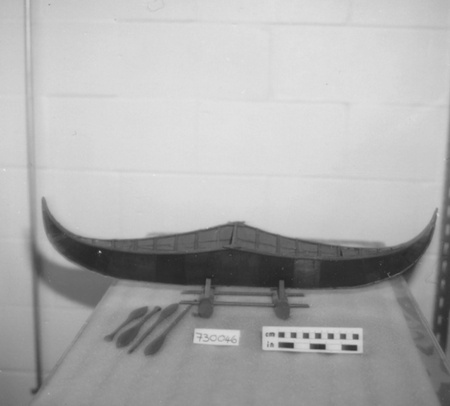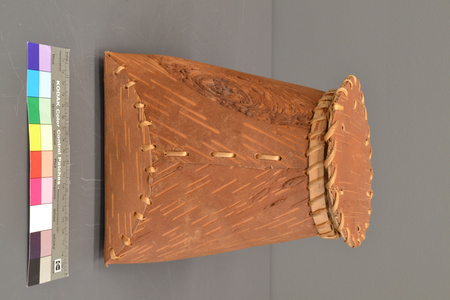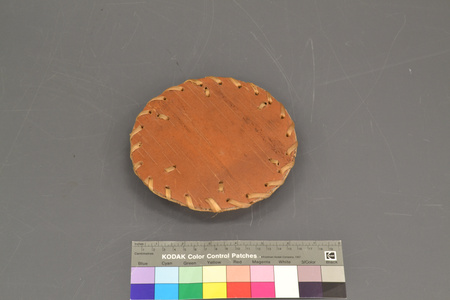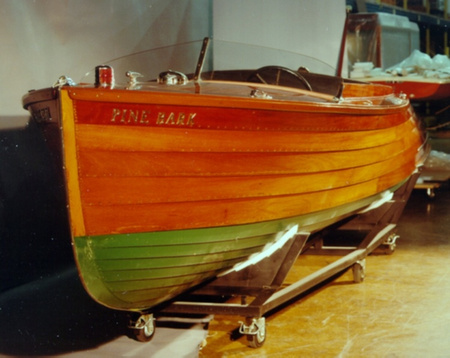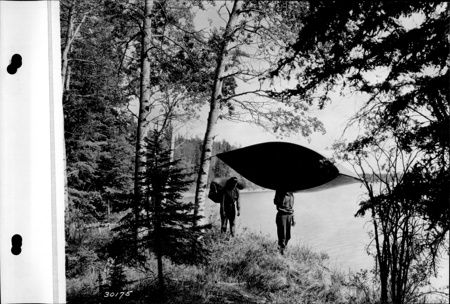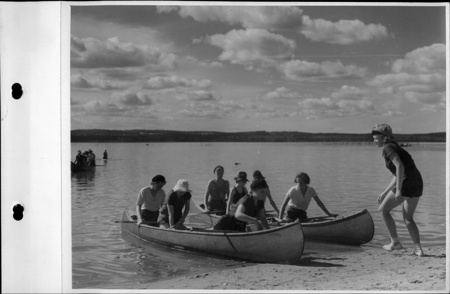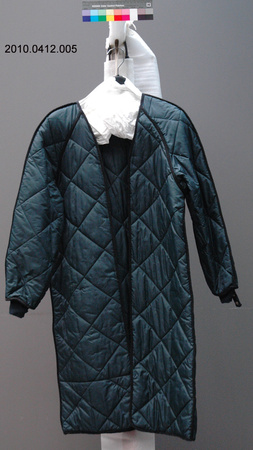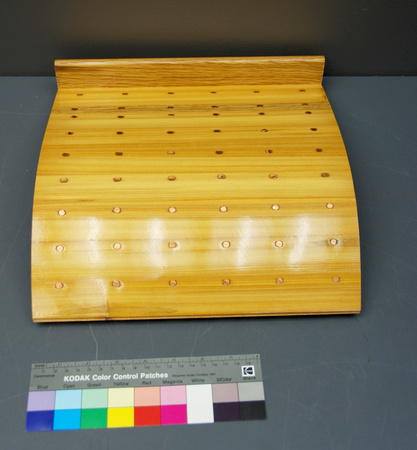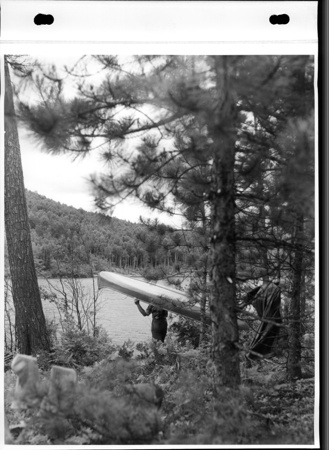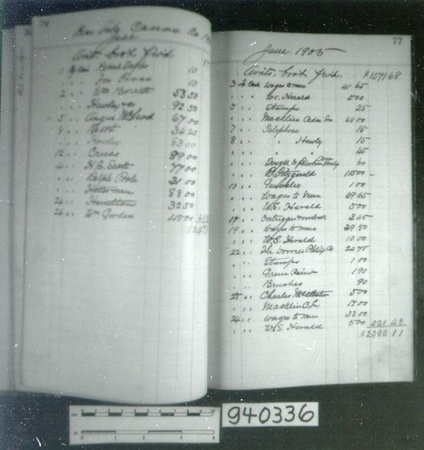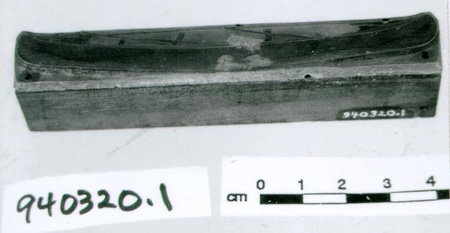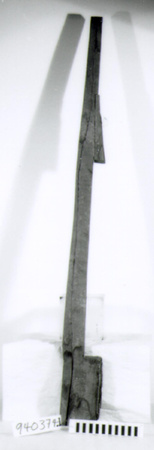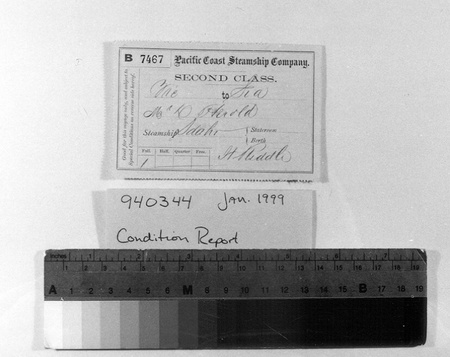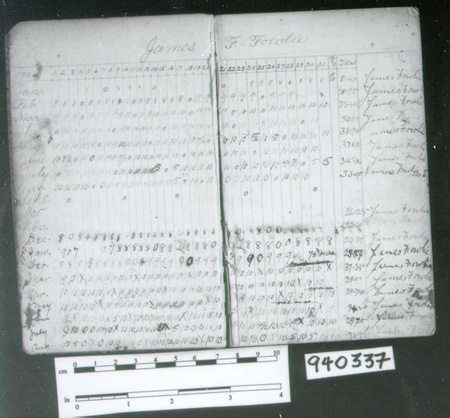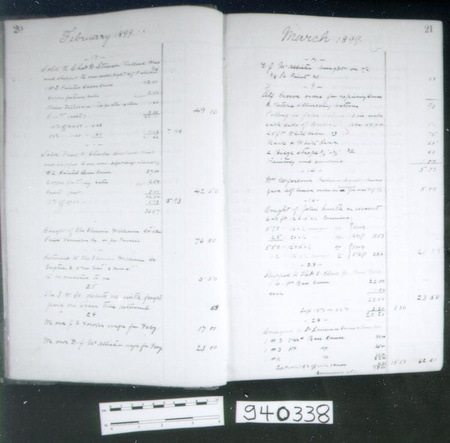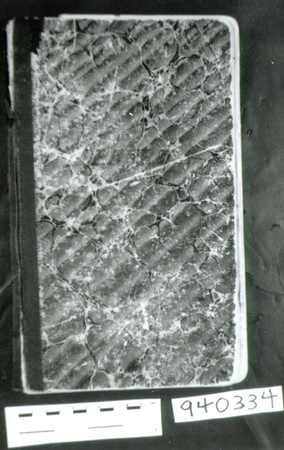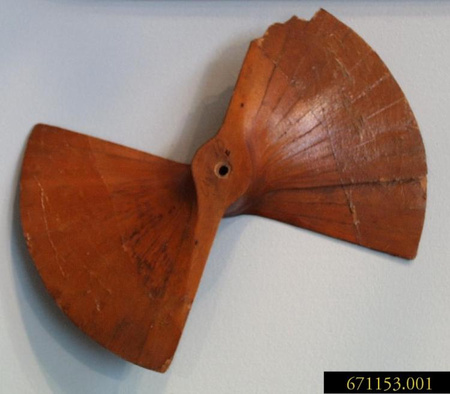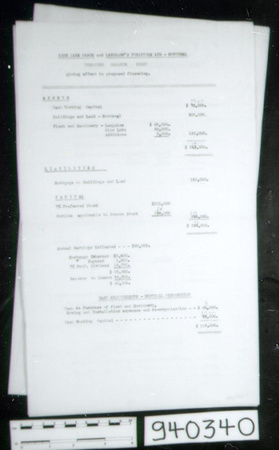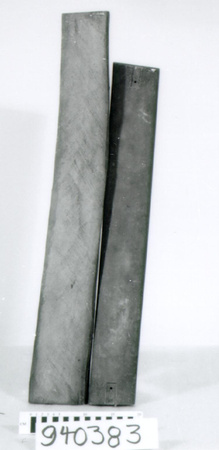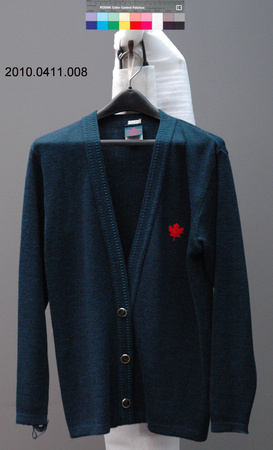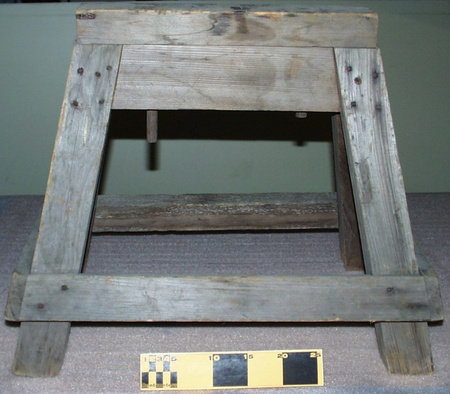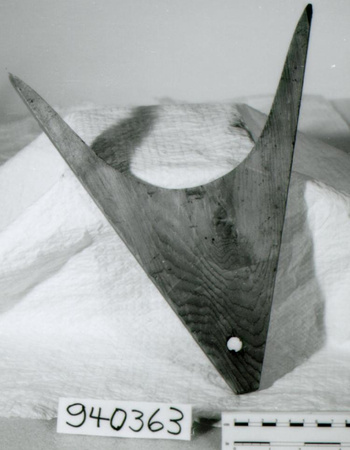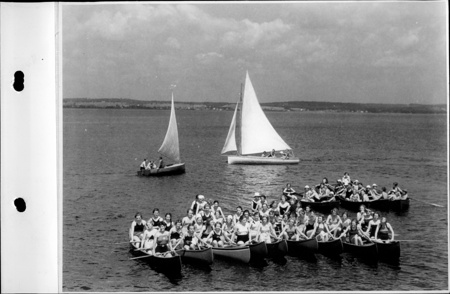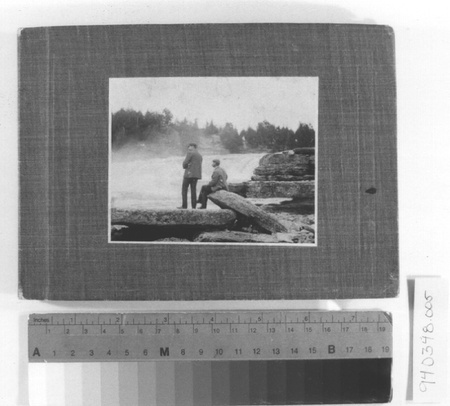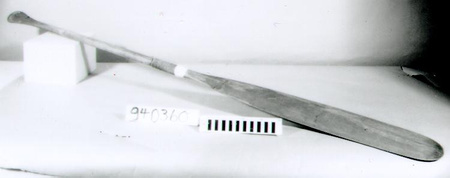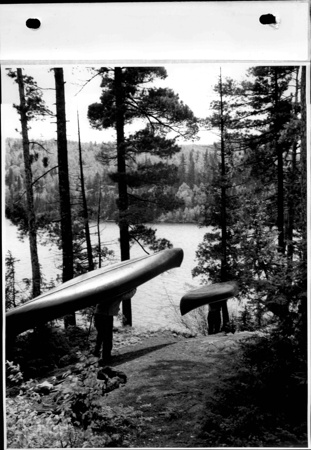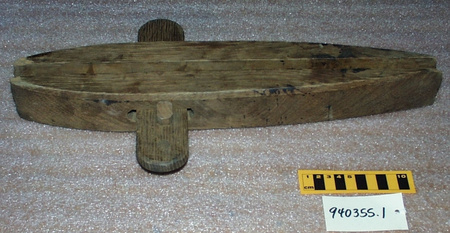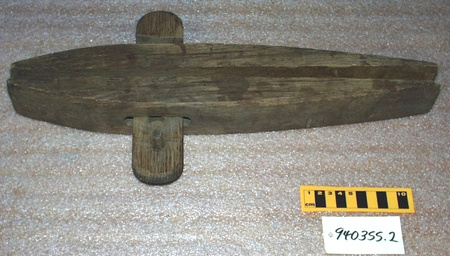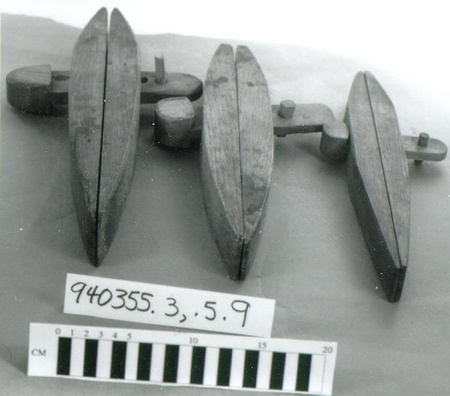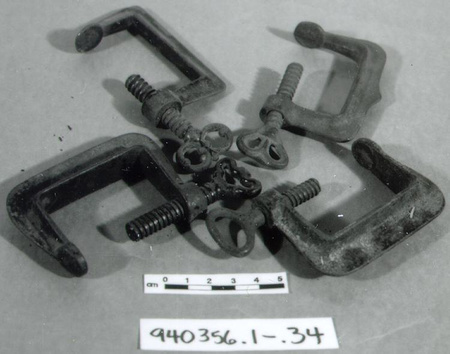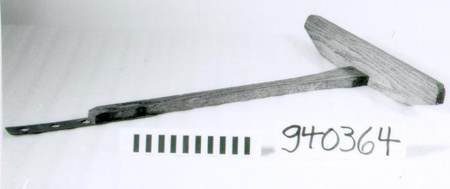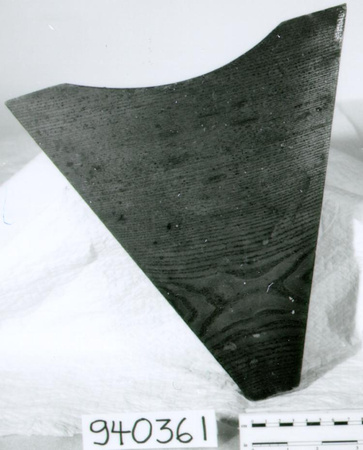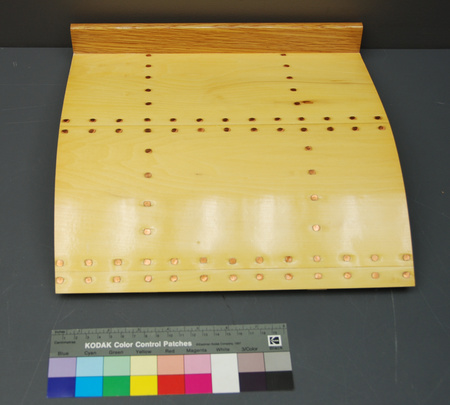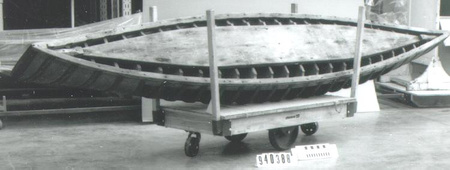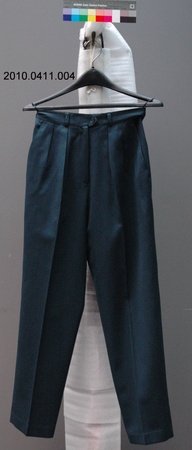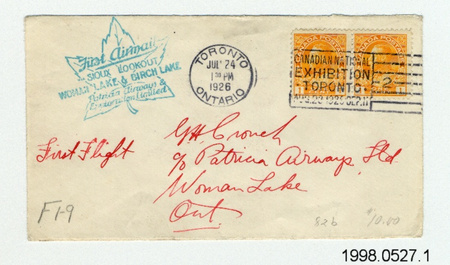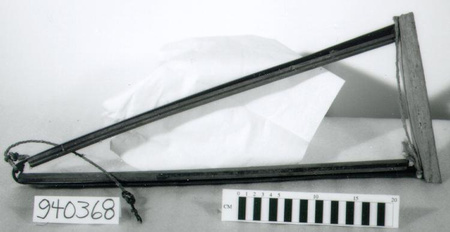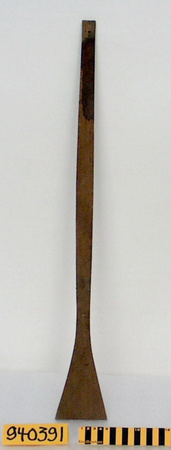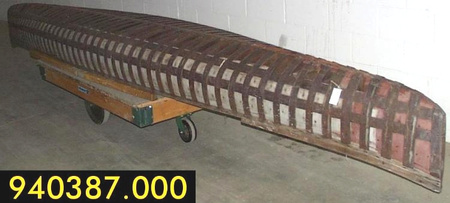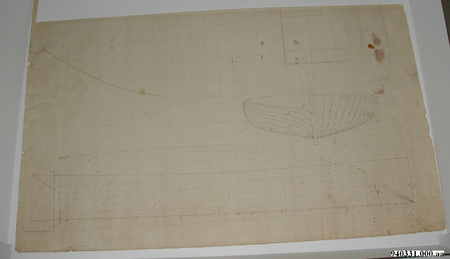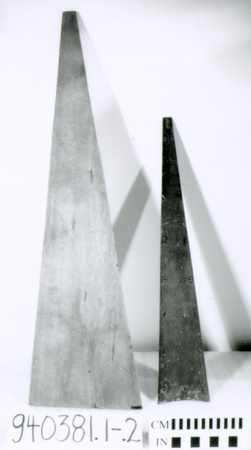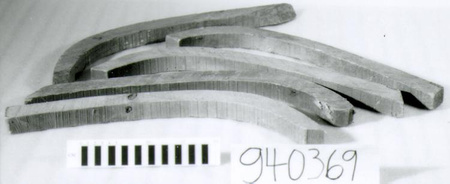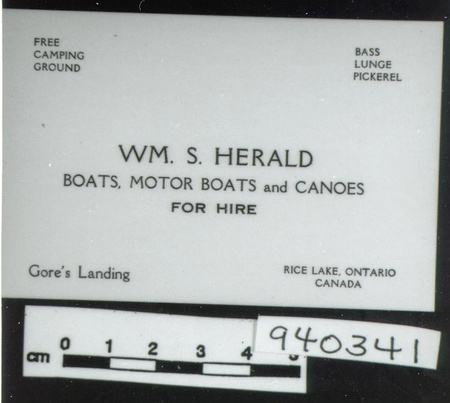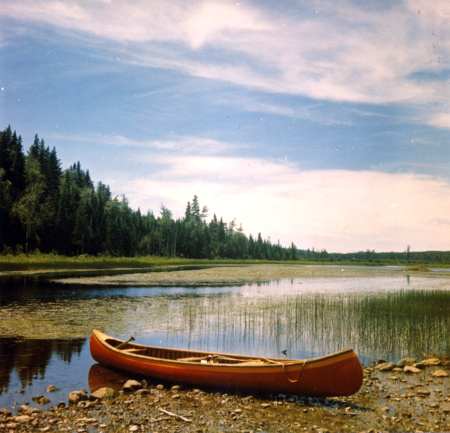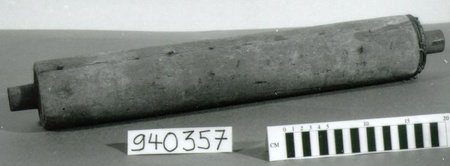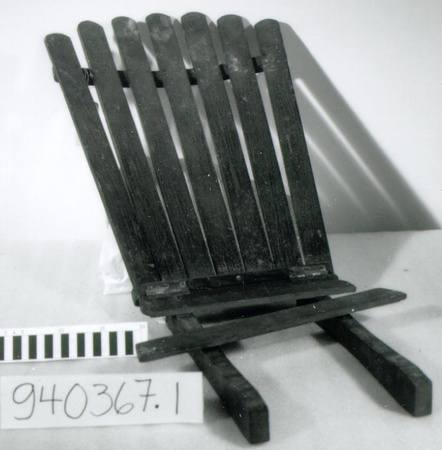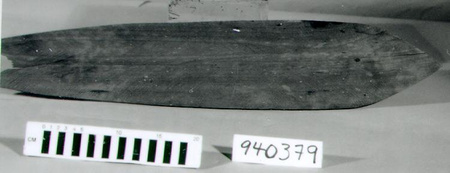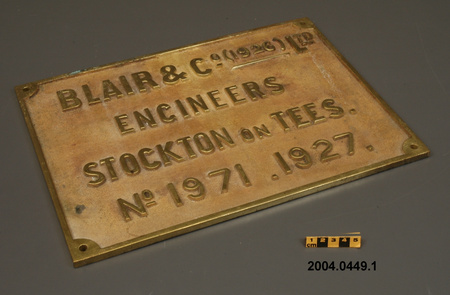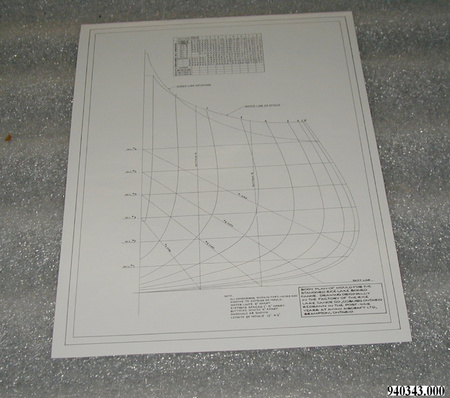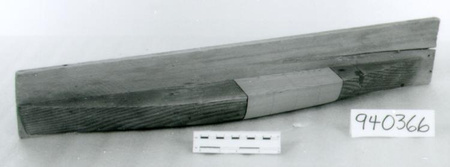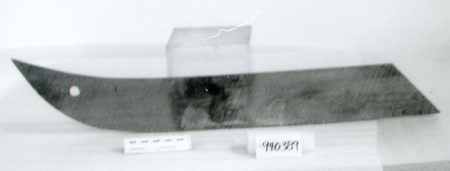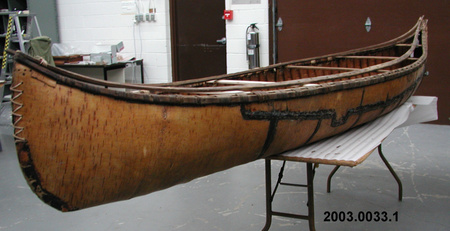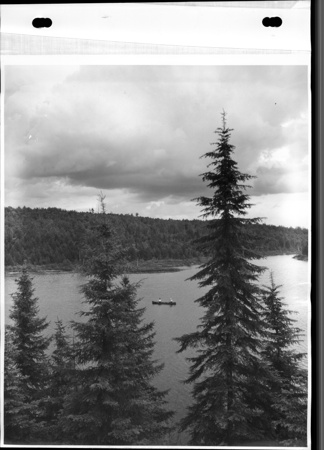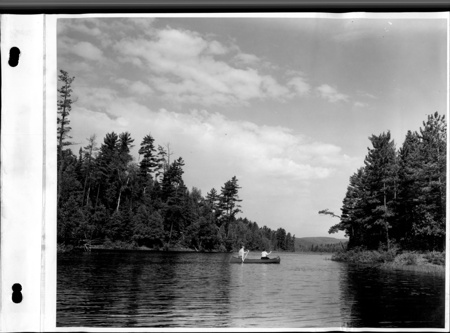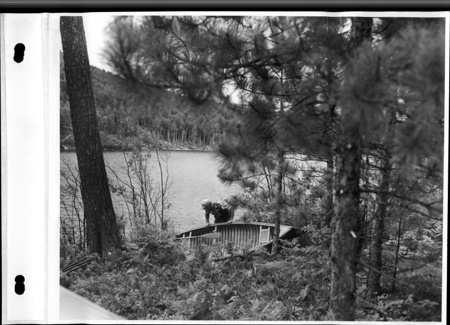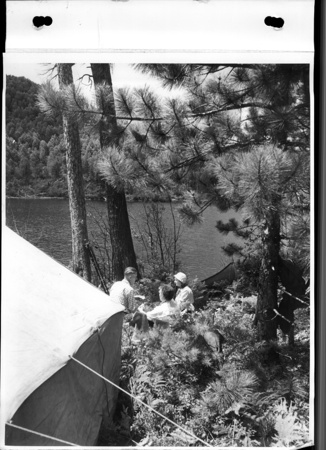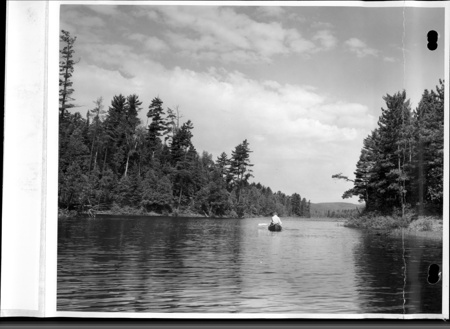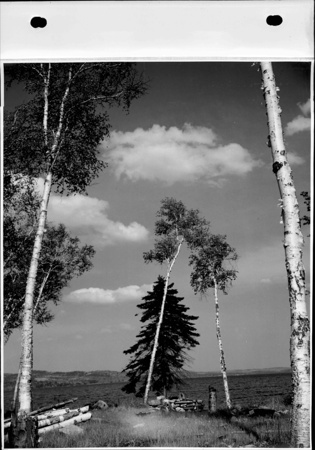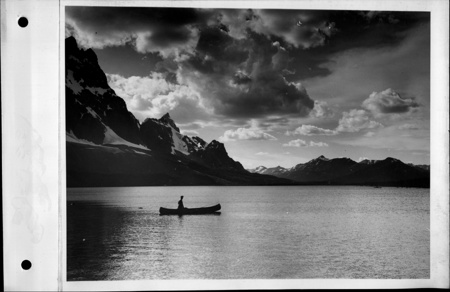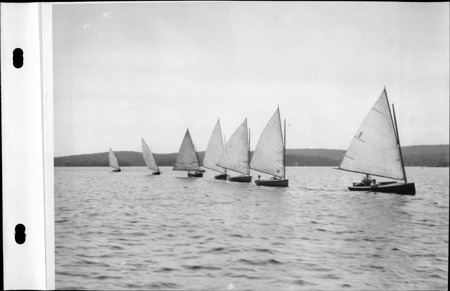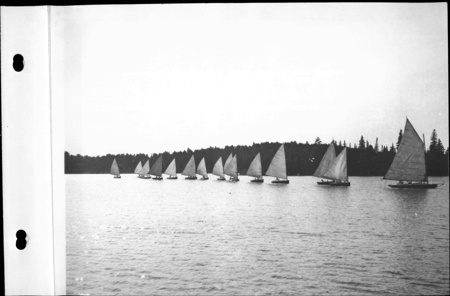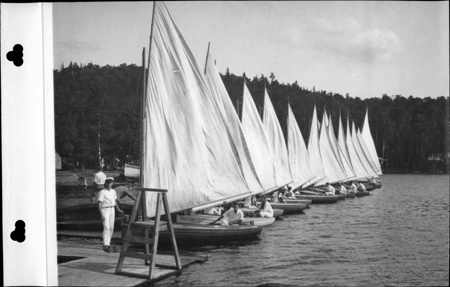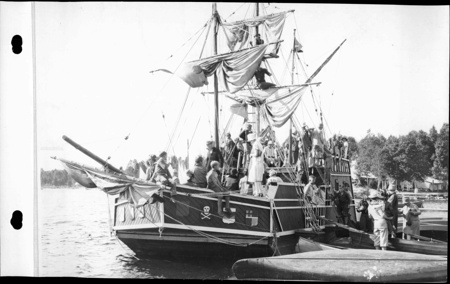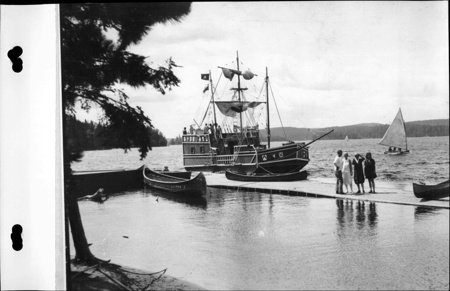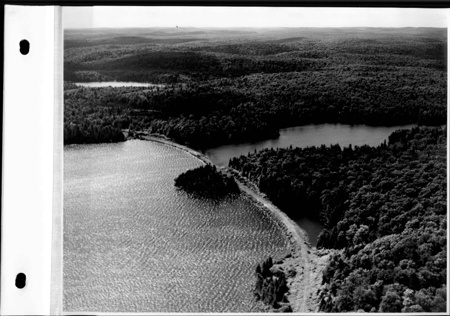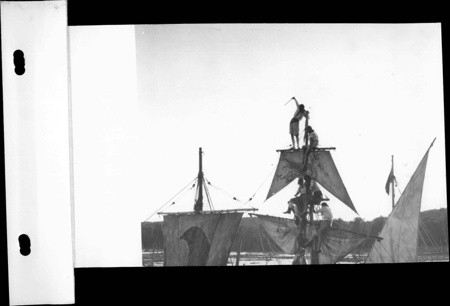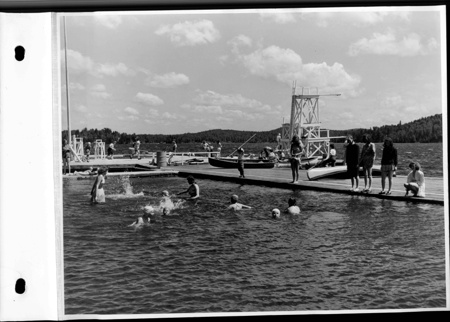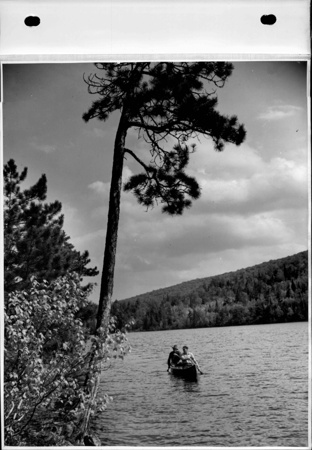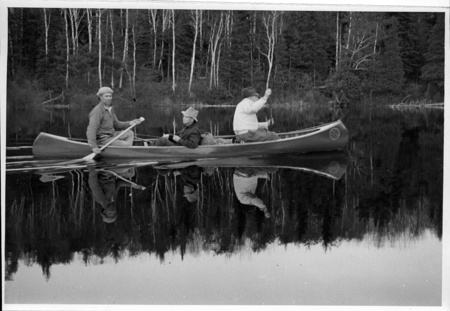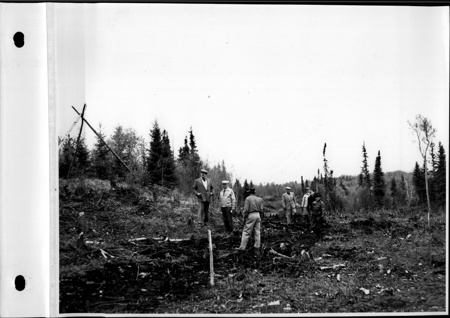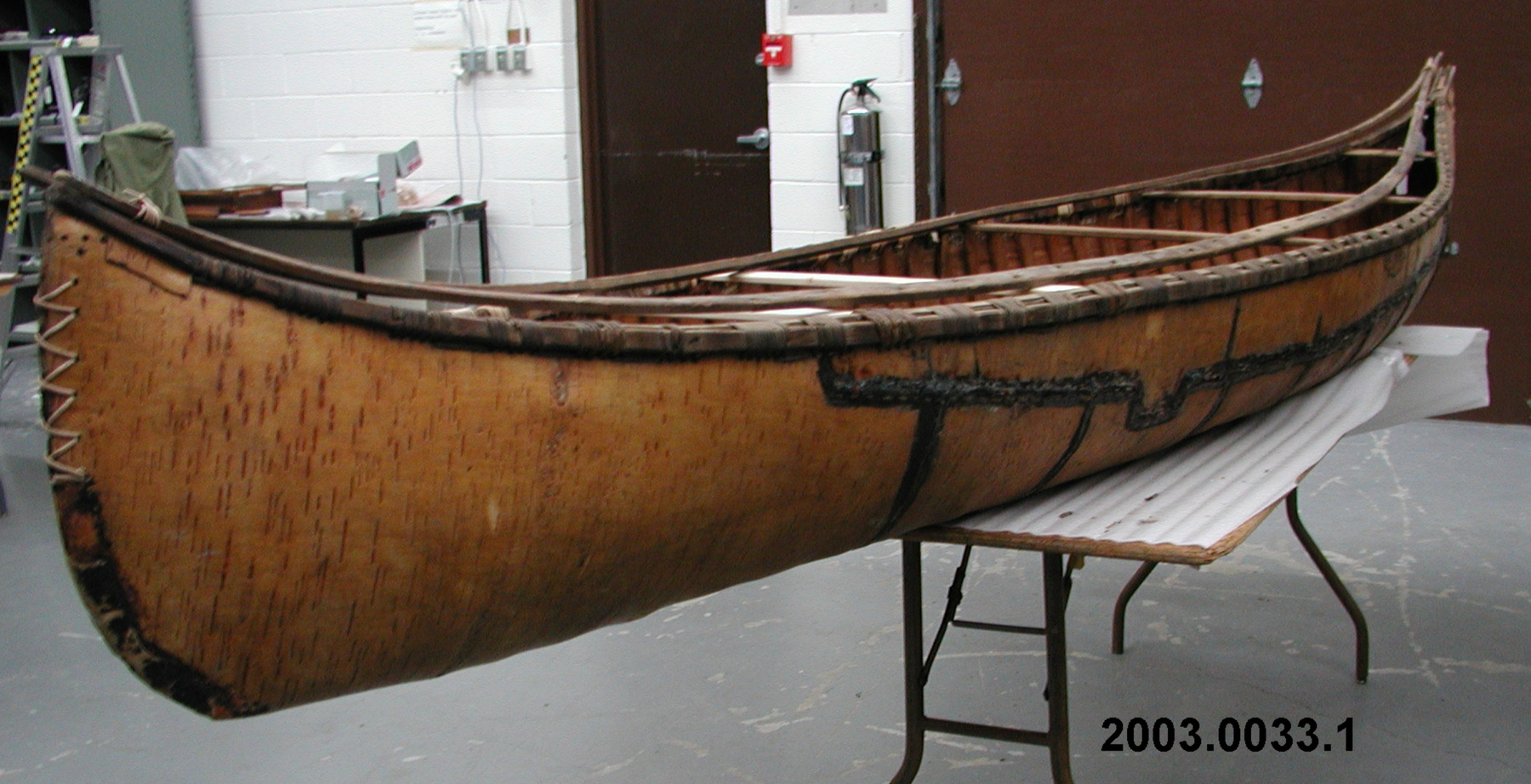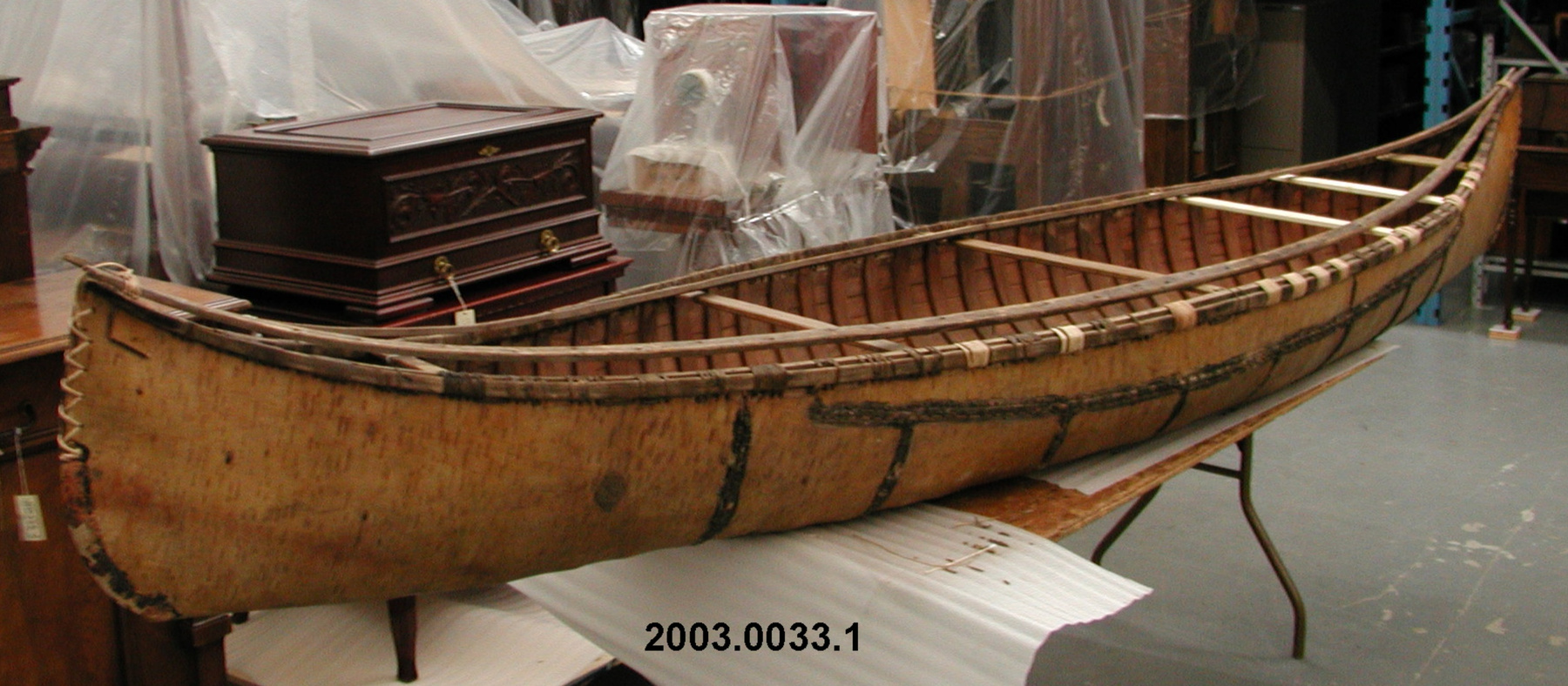Canoë
Utiliser cette image
Puis-je réutiliser cette image sans autorisation? Oui
Les images sur le portail de la collection d’Ingenium ont la licence Creative Commons suivante :
Copyright Ingenium / CC BY-NC-ND (Attribution-NonCommercial 4.0 International (CC BY-NC 4.0)
ATTRIBUER CETTE IMAGE
Ingenium,
2003.0033.001
Permalien:
Ingenium diffuse cette image sous le cadre de licence Creative Commons et encourage son téléchargement et sa réutilisation à des fins non commerciales. Veuillez mentionner Ingenium et citer le numéro de l’artefact.
TÉLÉCHARGER L’IMAGEACHETER CETTE IMAGE
Cette image peut être utilisée gratuitement pour des fins non commerciales.
Pour un usage commercial, veuillez consulter nos frais de reproduction et communiquer avec nous pour acheter l’image.
- TYPE D’OBJET
- birch bark
- DATE
- 1935
- NUMÉRO DE L’ARTEFACT
- 2003.0033.001
- FABRICANT
- Inconnu
- MODÈLE
- Inconnu
- EMPLACEMENT
- Canada
Plus d’information
Renseignements généraux
- Nº de série
- S/O
- Nº de partie
- 1
- Nombre total de parties
- 1
- Ou
- S/O
- Brevets
- S/O
- Description générale
- birch bark hull/ spruce root lashings/ white cedar ribs, planking & gunwales/ metal nails/ spruce gum seam sealant
Dimensions
Remarque : Cette information reflète la taille générale pour l’entreposage et ne représente pas nécessairement les véritables dimensions de l’objet.
- Longueur
- 386,0 cm
- Largeur
- 81,3 cm
- Hauteur
- 25,4 cm
- Épaisseur
- S/O
- Poids
- S/O
- Diamètre
- S/O
- Volume
- S/O
Lexique
- Groupe
- Transports maritimes
- Catégorie
- Navires
- Sous-catégorie
- S/O
Fabricant
- Ou
- Inconnu
- Pays
- Canada
- État/province
- Inconnu
- Ville
- Inconnu
Contexte
- Pays
- Canada
- État/province
- Ontario
- Période
- 1930s to 1950s
- Canada
-
A Canadian made birch bark canoe, used in the Ottawa Valley. The birch bark canoe was the key transportation technology of the people of the Eastern Woodland's First Nations who played such an influential role in the history of early European exploration, settlement and commerce. Early Europeans arriving in what is now Canada relieved heavily on this indigenous technology to pursue their various political and economic objectives. The donor of this canoe, Mr. Ron Lang, acquired it in the late 1980s from a Dr, Blair Coburn, who recalls purchasing the canoe from his brother's father-in-law, a Mr. Arthur Graham, in the early 1940s. Mr. Graham was a member of the Ottawa River Forest Protection Association and apparently knew the Ottawa Valley well. His connection to the region, the general Algonquin style of the vessel and comments made by Dr. Blair's sister-in-law (Mr. Graham's daughter) suggest that the canoe was built in the 1930s, by either Matt (1876-1972) or Tony (1911-1996) Bernard, both of whom were very well-known canoe craftsmen from the Algonquins of Pikwàkanagàn First Nation on Golden Lake. Mr. Graham recalls having learned basic canoe skills from Tony Bernard as a boy attending thr YMCA summer camp at Golden Lake. - Fonction
-
Used as means of personal transportation over the surface of water. - Technique
-
An example of a birch bark canoe made in the general Algonquin style. The birch bark commonly used in canoe construction is that of the white or paper birch tree (Betula papyrifera) which is found widely throughout Canada and which has special properties - most notably its traverse grain - which make it ideally suited for this purpose. Over time reliance on birch bark canoes diminished and serious use was relegated to remote areas and First Nations. By the mid 19th century, the commercial production of canoes fashioned in wood helped fuel a growing appetite for wilderness recreation which, though inspired in part by the romance of the birch bark canoe, ironically limited any renewed demand for the real thing. Still. Respect and affection for the essential techniques and different traditions of birch bark canoe construction has persisted, and has been carried forward to this day in a limited way. - Notes sur la région
-
Inconnu
Détails
- Marques
- black lettering on bottom reads `"coke" (nick-name of Dr. Coburn)
- Manque
- unknown
- Fini
- brown exterior/ black seam sealant
- Décoration
- S/O
FAIRE RÉFÉRENCE À CET OBJET
Si vous souhaitez publier de l’information sur cet objet de collection, veuillez indiquer ce qui suit :
Fabricant inconnu, Canoë, vers 1935, Numéro de l'artefact 2003.0033, Ingenium - Musées des sciences et de l'innovation du Canada, http://collection.ingenium.ca/fr/id/2003.0033.001/
RÉTROACTION
Envoyer une question ou un commentaire sur cet artefact.
Plus comme ceci
